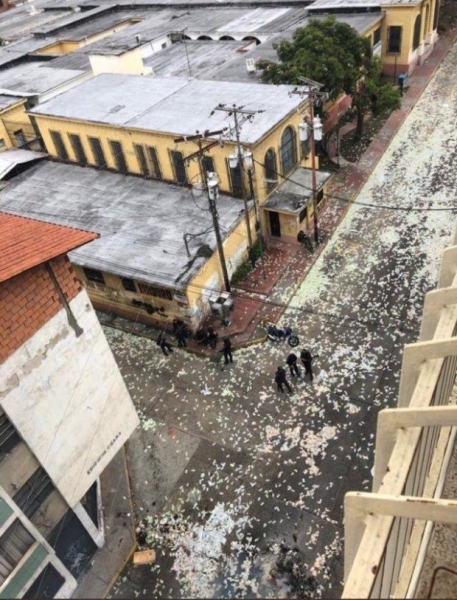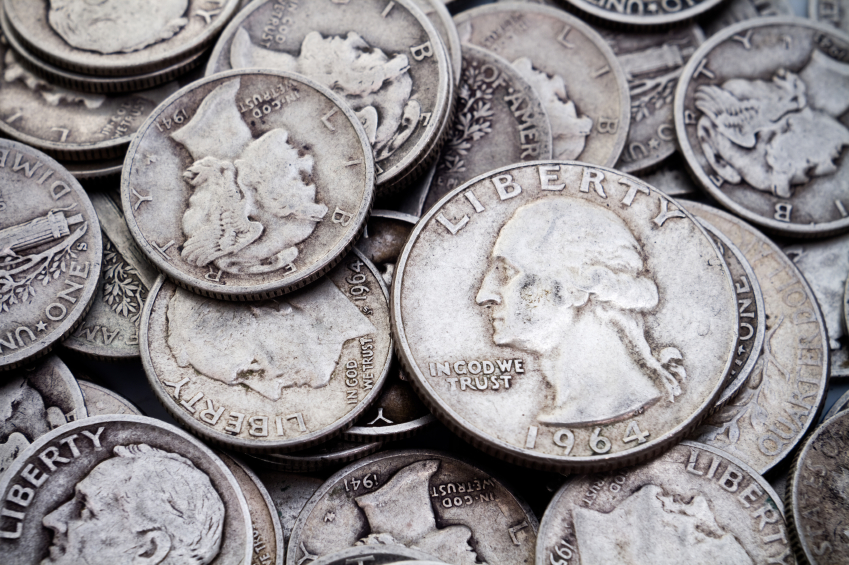This topic has come up more frequently as people watch the current hyperinflation situation in Venezuela. The concern is “how can I still have money and the things I need even if the money system has failed?” For family leaders who want to ensure their circle’s well being, this is an understandable concern and a topic worthy of discussion. Often, gold and silver are looked to to maintain buying power in a disaster. But is it the case?
First, understanding what is happening with the money is important. To do this, a basic understanding of economics is required. Imagine a good or service that is “fixed” in value. Supply and demand do not waver, and the process to make it is constant. If this “ideal good” value is fixed, then any price changes are entirely due to fluctuations in the value of the money used to purchase it. Likewise, imagine an “ideal currency”, which does not change in value at all. Any fluctuations in a product’s price can be entirely attributed to changes in its supply and demand.
In economics, the value of one is usually fixed so that the other can be studied. In the real world, neither is fixed. The value of currency is going up/down and the supply and demand of a good is going up/down.
In Venezuela, hyperinflation is occurring. The population has lost faith in its money, while goods and services continue to rise in cost. When money is measured by weight and not by face value, there’s a problem. This picture shows a street in Caracas literally littered with useless money.

Proponents of precious metals will often tell you that gold and silver are a great way to protect against this. They are partially correct. Physically held gold and silver (avoid certificates which ‘claim ownership’ of precious metals held at a remote vault somewhere) are an excellent hedge against inflation and hyperinflation. After the hyperinflation event when the currency is stabilized or a new currency introduced, the value of gold and silver is likely to have about the same value after the event that it had before the event. In other words, if you had about $20k (in US dollars) worth of silver before the Venezuelan bolivar started tanking, and the new money introduced after the regime change (maybe the nuevo bolivar?) is stable, after you sell your precious metals you’ll have about $20k USD in the new currency (minus transaction costs, and assuming the price of silver remained relatively unchanged). Wealth retention.
Money is important because it is wealth representation in between trades. It is ‘potential goods/services’. If you have 2 rifles and need 3 pigs and a goat, the odds of finding a guy with 3 pigs and a goat that also needs 2 rifles is minuscule. If you and a buyer of rifles agree that money is ‘wealth potential’ AND you and the pig and goat seller agree money is ‘wealth potential’, then the transaction can occur.
The issue is that most people do not understand the ‘wealth potential’ of precious metals, and as such seek to avoid using it. If you weren’t a diamond expert and someone tries to trade you a diamond, would you trade 3 rifles and 200 rounds of ammo for it? If you can’t tell the difference between a diamond and an old Coke bottle shard that someone worked over with a Dremel, odds are you would not make the transaction. To make a during-SHTF trade, you would need:
- An item you have extra of, worth trading.
- Finding a person needing that item.
- Peaceably making contact to conduct the trade.
- An agreed upon medium of trade (currency or other goods).

A lot of prepper fantasy involves people quickly and seamlessly transitioning from a common currency into “silver face” (the face value of the older 90% silver coins that used to be US currency). Using non-collectable pre-1964 dimes and other partial silver currency. The idea is that somehow normalcy will be maintained during a SHTF event (shit hits the fan) despite the USD demise. In reality, silver face has minimal ‘wealth potential’ recognition outside of preparedness circles.
Now that the mechanism of money has been discussed, the topic of goods and services must be discussed. Assuming a common currency between a buyer and seller of an item has been established, a during-SHTF analysis of goods and services must be done.
After the Sandy Hook Elementary School shooting occurred, the firearm industry experienced a ‘SHTF’ scenario as people feared government would ban the AR-15 (and other defensive carbines), magazines, and ammunition for it. The demand for these items increased significantly, and manufacturers could not meet it, causing a reduction in supply. An AR-15 PMag, the $15-bill of the gun world, suddenly jumped in price to $100, and were still not available on the market.
Before every major snowstorm in Michigan, families gas up the SUV and buy all the bread and milk. The shelves are bare. This is a mere local event with minimal long term potential for disruption.
One story from Venezuela is a family selling a 2 ounce gold family heirloom ring. As of today (08APR2019), that would be $2600 USD. The family got 3 weeks of food and water for this ring, and counted themselves fortunate they found someone able to make the trade. A ‘thrifty’ food cost for 3 weeks in the USA is about $400 for a family of 4. The food was 6.5 times higher in cost, but for the price, it was available using this mode of payment.
At this point, it is challenging to find someone willing to trade a good or service for bolivars, regardless of quantity. Food is unavailable for this currency.
The fact is, that even with an agreed upon currency, the supply of goods is usually highly limited or completely nonexistent. The lack of supply, and presence of significant demand, coupled with a near-worthless currency, is the nightmare scenario of hyperinflation.
In short, precious metals can be used during-SHTF, but one must expect a commensurate increase in the cost of goods and that they will not be getting good value for their money. If developing a family preparedness strategy, precious metals have their place in investment, but food, water, the means of resiliency, protection (both use of force training as well as medical training) most likely far outweigh the priority of investing in precious metals. It should be well-understood that this investment is largely for post-SHTF recovery and not during-SHTF versatility.
